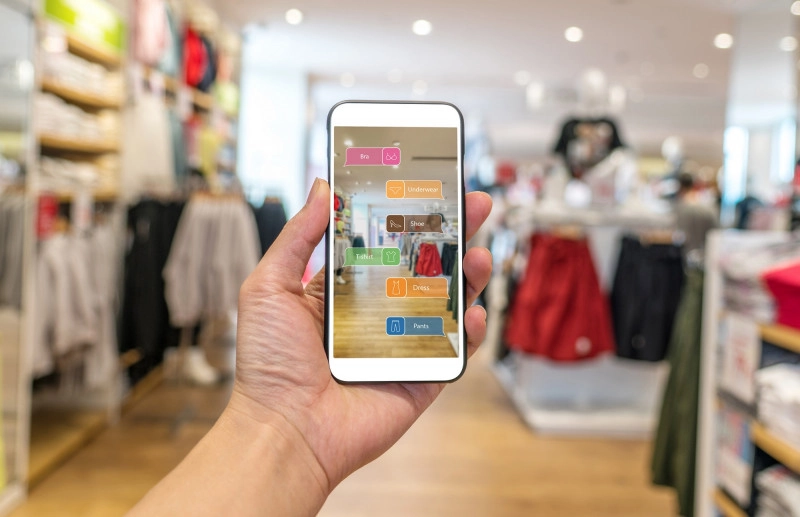While SEO is a global playing field, local establishments such as retail and service providers can leverage local SEO/SEM techniques to polish their presence on the SERPs and reach target goals.
1. Define Your Goals
Planning on increasing your local web traffic is just part one of the plan. It’s important to define why your business needs traffic—is it to attract new customers, promote a special or event, or drive traffic to a lead magnet to grow your email list?
2. Optimize Your Google Business Profile
Make sure your Google business profile, the business card that shows up at the top of the SERPS when users Google your business or your target search terms, is completely filled out from updated contact info to user content. You can encourage happy customers to add photos and leave a Google review.
3. Use Local Keywords
When choosing keywords to target in your web copy, add the name of your state, city, or neighborhood to the keyword, using the one that makes the most sense for your locale. For example, if you have a clothing boutique in Brooklyn, NY, you could target “Brooklyn women’s clothing boutique” at a high level, and also narrow down to a neighborhood or shopping district.

4. A/B Test Your Keywords
You may have to do test runs with different keywords and tweak them until you’re attracting your target customer and the type of traffic that builds on your goals. For a larger city, you may have to use a more specific, long tail keyword, but for a small town, you may want to target the name of your state.
5. Use Your Competition
Search your target keywords and see how you stack up against your competitors. What are they doing right, and how can you improve?
6. Don’t Ignore Online Sales
If your business sells locally and online, you want to target both types of keywords so you don’t lose online sales if your website traffic becomes too local.

7. Use a Lead Magnet
Bring local customers in and get them to sign up for your email address with a lead magnet like a coupon for a local purchase.
8. Optimize Your Website
With any kind of SEO, local or global, your website needs to prioritize user experience and site speed, or users will get frustrated navigating your site and in turn, forcing your site down the page on the SERPs.
9. Target Other Local Markets
Do you live near more than one major city and have a product line that would bring customers in from another close by location? Don’t forget to target keywords with that location as well!

10. Use Content Marketing
Content marketing, typically a blog on your website that ends with a CTA, is a great way to consistently create content-rich pages on your site that rank in the SERPs. Plus, it’s a great way to educate your customer base about your industry for free, starting the abundance cycle, and position yourself as an expert.
Need help optimizing your local traffic?
Let us optimize your business’ local web presence so you can focus on your customers, and all the new ones from your local web traffic! Let’s talk.













Leave a Comment
Comments (0)